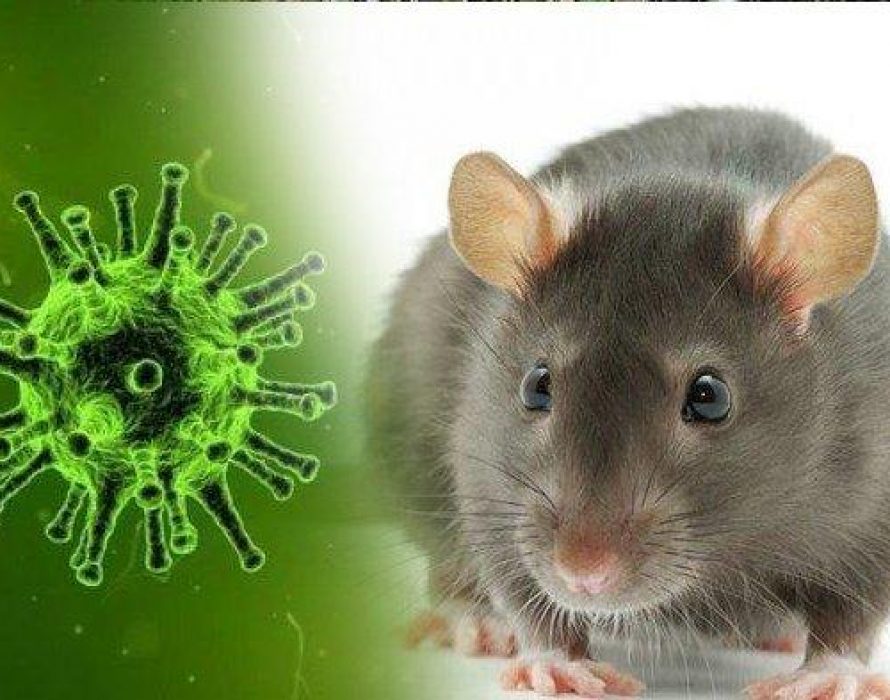The Leaders Online:
A case of hantavirus has been reported in China. Here’s why you shouldn’t worry

Reports of a person in China dying due to a virus called hantavirus have spread panic at a time when the world is battling the pandemic of novel coronavirus, which began in China. The novel coronavirus has killed over 16,000 people around the world and the outbreak is yet to be brought under control.
This morning, hantavirus became one of the top trends on Twitter after the Chinese state media tweeted about one person in the country dying due the virus. However, it turns out, hantavirus is not a new virus and has been infecting humans for decades.
Global Times, a state-run English-language newspaper, wrote on Twitter on Tuesday, “A person from Yunnan Province died while on his way back to Shandong Province for work on a chartered bus on Monday. He was tested positive for hantavirus. Other 32 people on bus were tested.”
A person from Yunnan Province died while on his way back to Shandong Province for work on a chartered bus on Monday. He was tested positive for #hantavirus. Other 32 people on bus were tested.
This morning, hantavirus became one of the top trends on Twitter after the Chinese state media tweeted about one person in the country dying due the virus. However, it turns out, hantavirus is not a new virus and has been infecting humans for decades.
Global Times, a state-run English-language newspaper, wrote on Twitter on Tuesday, “A person from Yunnan Province died while on his way back to Shandong Province for work on a chartered bus on Monday. He was tested positive for hantavirus. Other 32 people on bus were tested.”
A person from Yunnan Province died while on his way back to Shandong Province for work on a chartered bus on Monday. He was tested positive for #hantavirus. Other 32 people on bus were tested.
“He was tested positive for #hantavirus. Other 32 people on bus were tested,” the news outlet tweeted.
The tweet, sent amid a pandemic caused by a new coronavirus, has been shared more than 15,000 times.
Though countries across the globe are on high alert due to uncertainty around the coronavirus, there is no indication that the hantavirus poses a global public health threat.
According to the CDC, hantavirus cases are rare, and they spread as a result of close contact with rodent urine, droppings or saliva.
Certain kinds of rats and mice in the United States can carry the virus, which is transmitted when someone breathes in contaminated air.
“The hantaviruses that cause human illness in the United States cannot be transmitted from one person to another,” the CDC says on its website. Rare cases in Chile and Argentina have seen person-to-person transmission when a person is in close contact with someone sickened by a type of hantavirus called Andes virus, the CDC says.
In the U.S., the virus can cause hantavirus pulmonary syndrome, a severe respiratory disease that can be fatal. Symptoms include fatigue, fever, muscle aches, headaches, dizziness, chills, and abdominal problems. Coughing and shortness of breath can occur later in the disease as the lungs fill with liquid, the CDC says,
Hemorrhagic fever with renal syndrome, found mostly in Europe and Asia, can also occur, which causes pain, fever, chills, nausea, and blurred vision, the CDC says. More serious symptoms include acute kidney failure.
Cases in the United States have typically been concentrated in the western and southwestern states.
The tweet, sent amid a pandemic caused by a new coronavirus, has been shared more than 15,000 times.
Though countries across the globe are on high alert due to uncertainty around the coronavirus, there is no indication that the hantavirus poses a global public health threat.
According to the CDC, hantavirus cases are rare, and they spread as a result of close contact with rodent urine, droppings or saliva.
Certain kinds of rats and mice in the United States can carry the virus, which is transmitted when someone breathes in contaminated air.
“The hantaviruses that cause human illness in the United States cannot be transmitted from one person to another,” the CDC says on its website. Rare cases in Chile and Argentina have seen person-to-person transmission when a person is in close contact with someone sickened by a type of hantavirus called Andes virus, the CDC says.
In the U.S., the virus can cause hantavirus pulmonary syndrome, a severe respiratory disease that can be fatal. Symptoms include fatigue, fever, muscle aches, headaches, dizziness, chills, and abdominal problems. Coughing and shortness of breath can occur later in the disease as the lungs fill with liquid, the CDC says,
Hemorrhagic fever with renal syndrome, found mostly in Europe and Asia, can also occur, which causes pain, fever, chills, nausea, and blurred vision, the CDC says. More serious symptoms include acute kidney failure.
Cases in the United States have typically been concentrated in the western and southwestern states.
WHAT ARE THE SYMPTOMS OF HANTAVIRUS?
If people get HPS, they will feel sick one to five weeks after they were around mice or rats that carried a hantavirus.
At first people with HPS will have:
Fever
Severe muscle aches
Fatigue
After a few days they will have a hard time breathing. Sometimes people will have headaches, dizziness, chills, nausea, vomiting, diarrhea, and stomach pain.
Usually, people do not have a runny nose, sore throat, or a rash.
If people get HPS, they will feel sick one to five weeks after they were around mice or rats that carried a hantavirus.
At first people with HPS will have:
Fever
Severe muscle aches
Fatigue
After a few days they will have a hard time breathing. Sometimes people will have headaches, dizziness, chills, nausea, vomiting, diarrhea, and stomach pain.
Usually, people do not have a runny nose, sore throat, or a rash.

I distinctly remember WHO saying at one time the novel virus found in Wuhan was not transmissible between humans....
ReplyDelete